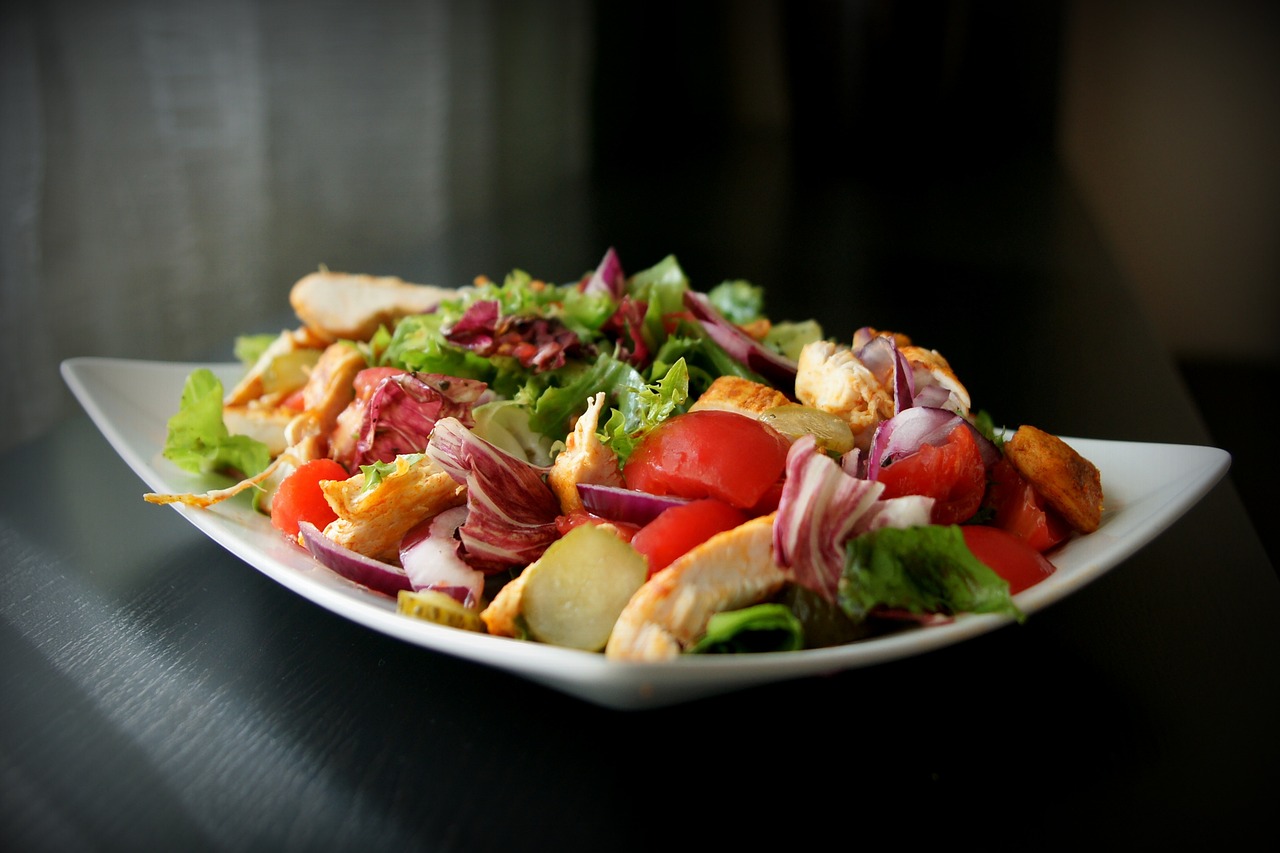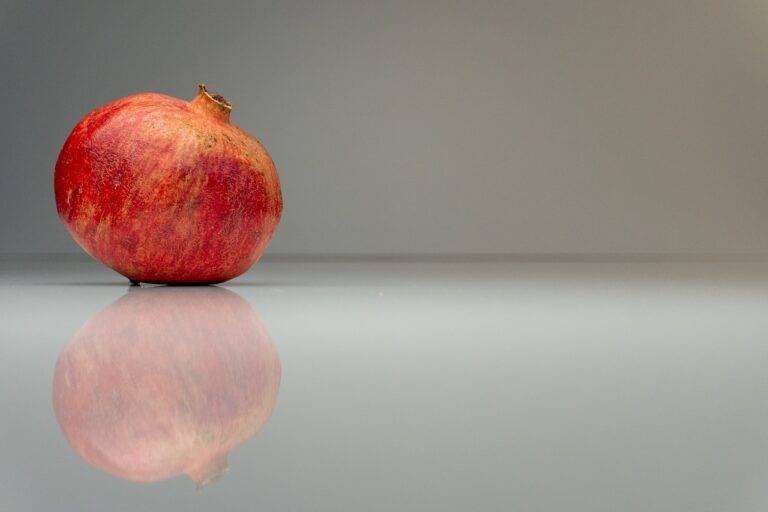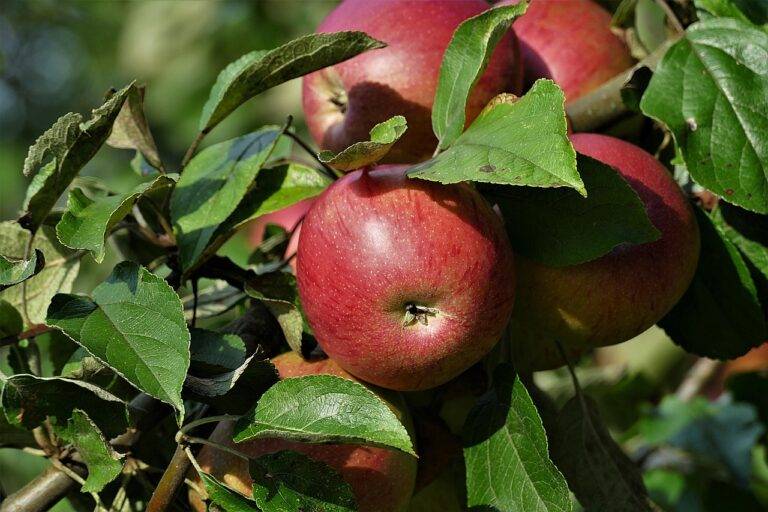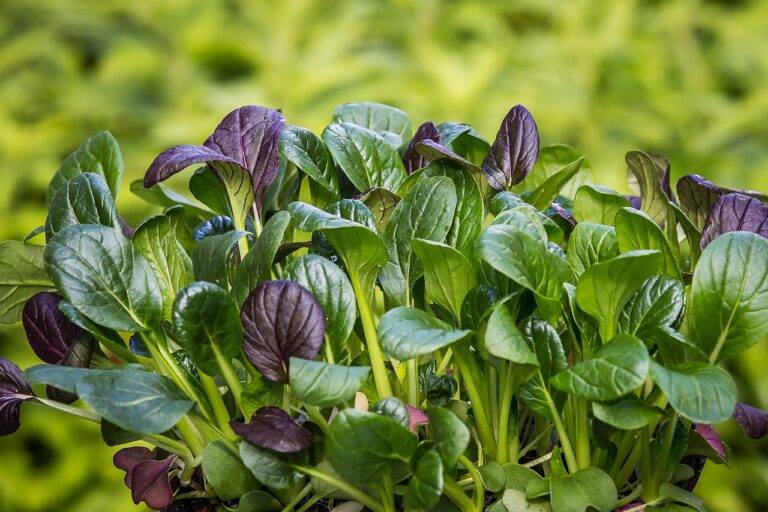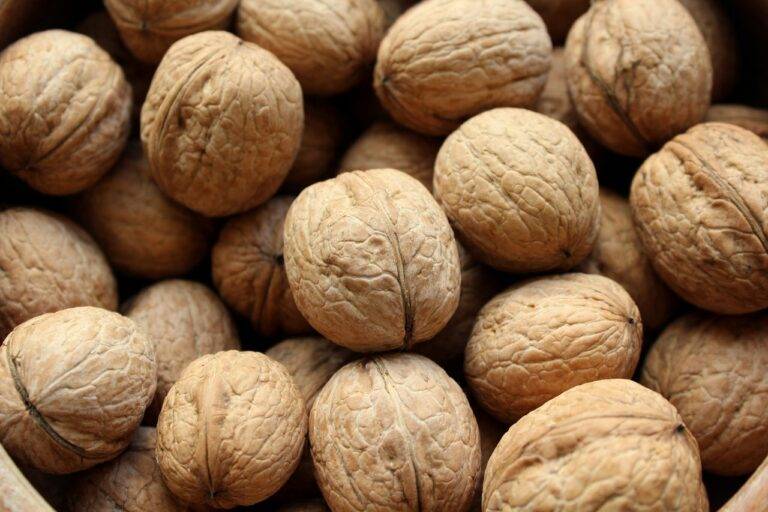The Science Behind Food Sensory Analysis: Beyond Taste and Smell
Food sensory analysis is a scientific method used to evaluate how humans perceive food through their senses of sight, smell, taste, touch, and hearing. This process involves trained panelists who use their sensory abilities to assess different aspects of food such as appearance, aroma, flavor, texture, and overall palatability.
By utilizing food sensory analysis, researchers can gather valuable information about consumer preferences, product quality, and potential improvements in food products. This methodology allows for a more in-depth understanding of how individuals experience food, leading to the development of better-tasting and more appealing food items in the market.
The Role of Texture in Food Perception
Texture plays a crucial role in how we perceive food. The way food feels in our mouths, from its firmness to its chewiness, can significantly impact our overall enjoyment of a dish. For example, a creamy and smooth texture in a soup may evoke feelings of comfort and satisfaction, while a crispy and crunchy texture in a salad can add a satisfying contrast that enhances the eating experience.
Moreover, texture can also influence our perception of a food’s freshness and quality. Foods that are perceived as being too mushy or slimy may be off-putting, regardless of their taste. On the other hand, foods that have a pleasing texture, such as a perfectly cooked steak or a flaky pastry, can signal high-quality ingredients and skilled preparation to our senses. Therefore, paying attention to the texture of food is essential for creating a well-rounded and enjoyable dining experience.
What is food sensory analysis?
Food sensory analysis is a scientific method used to evaluate the sensory properties of food, such as appearance, aroma, flavor, and texture.
How does texture affect food perception?
Texture plays a crucial role in how we perceive food. It can influence our overall enjoyment of a dish, as well as our perception of freshness, quality, and even healthiness.
Can texture impact the overall taste of a food?
Yes, texture can greatly impact the overall taste of a food. The crunchiness, creaminess, or chewiness of a food can influence how we perceive its flavor.
How can texture be manipulated to enhance food perception?
Food scientists and chefs often manipulate texture through ingredients, cooking techniques, and processing methods to enhance food perception. This can involve creating contrast between textures or balancing different textures within a dish.
Are there cultural differences in texture preferences?
Yes, there are cultural differences in texture preferences. Some cultures may prefer chewy textures, while others may prefer crispy or soft textures. These preferences can influence how food is prepared and enjoyed in different regions.

